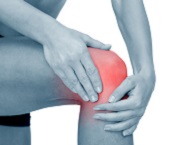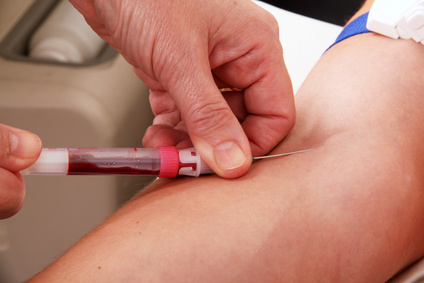Exercise can play a vital role in managing osteoarthritis. People are often fearful of exercising the affected joint in case it causes further pain and damage yet this review of studies done on exercise programmes states “People with OA should be reassured that it is unlikely to exacerbate their pain if performed using the appropriate methods and at the appropriate dose.”
Osteoarthritic symptoms are a normal response to what the joint is interpreting as an over stimulus, when the joint has settled down then exercise can be used to increase the joints capacity (however adherence of at least 3 months is needed). In fact a Cochrane study in 2015 drew the following conclusion
Studies have shown that aerobic and resistance exercise of moderate intensity are safe and effective therapies for osteoarthritis, but whilst any type of exercise maybe helpful targeting specific deficits seen in clients with knee osteoarthritis can effectively reduce pain.
Whilst there might be a fear of taxing the affected joint the only way to get muscle strength improvement is to overload the muscle group. Stronger muscles take the stress off the joints and help support unstable joints. There are methods of strength training that will ensure you gain muscle strength without stressing the affected joint. In fact evidence has shown that incorporating strength training into an exercise programme decreased pain by 43% in osteoarthritic patients.
In any exercise programme it’s helpful to measure progression so the client can see the results of their effort, in osteoarthritis of the knee both maximal strength of muscles and strength endurance can be measured to show progression. This in itself can provide motivation and self-management to the client.
Exercise is not a quick fix, adherence is the main predictor of long-term outcome from exercise in knee osteoarthritis therefore a important part of any programme will be promoting self- management. Each client is different but it could be an exercise programme they can do at home or, if a more social aspect is enjoyed, then classes in the community or local leisure centre.
The current ACSM guidelines for people with arthritis is cardiovascular work 30-60 minutes 5 days per week accompanied by resistance training with major muscle groups twice a week and flexibility activities. However if you are not currently active these are long term goals and you could start out slowly with 2-3 short sessions a day. Arthritis Research UK has several exercise sheets you may find useful.
I hope you have found this article informative. If you do have osteoarthritis and are interested in an exercise programme to help then please email contact@wholelifefitness.co.uk. If you have any questions on this article please post a comment. By subscribing to this blog you will be informed of any new articles. You will not receive any spam email.
The post Osteoarthritis in the knee and exercise. appeared first on Whole Life Fitness.







